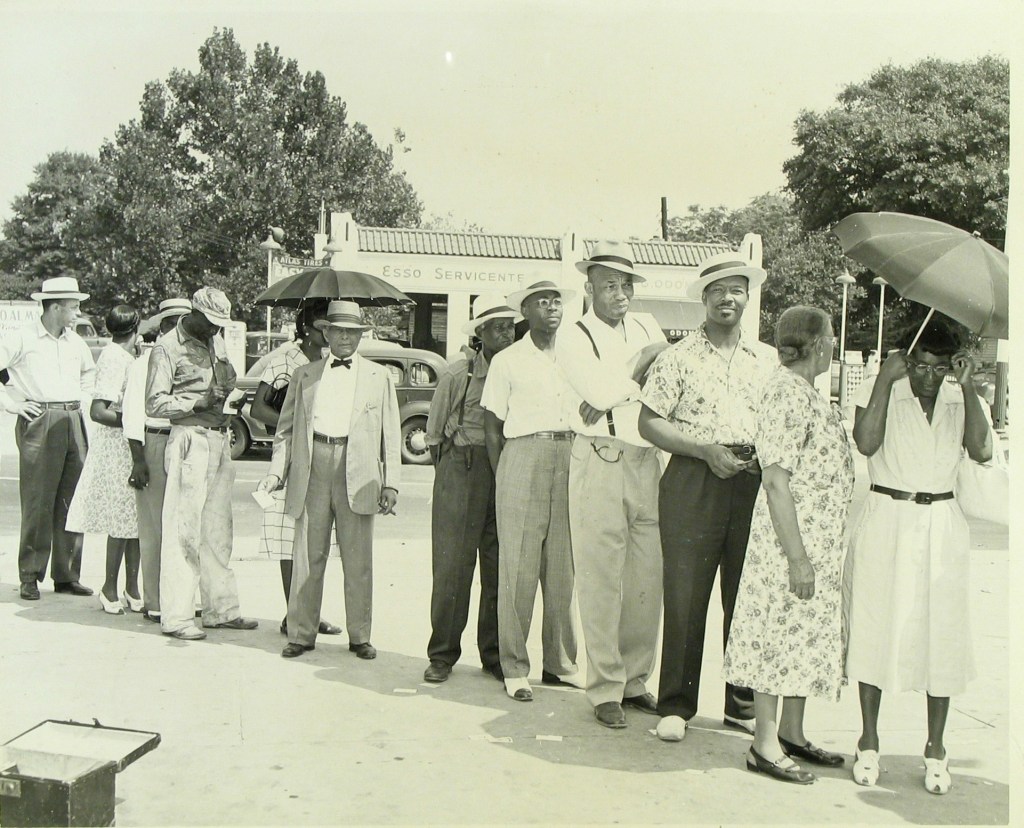Dr. Bobby Donaldson is executive director of the University of South Carolina Center for Civil Rights History and Research, which has a mission to tell and preserve South Carolina’s Civil Rights history.
He said Williams’ $1.5 million gift to the center has been transformational to carrying out that mission, allowing them to acquire new archival material, expand digital research resources and reach more communities through traveling exhibits like Justice For All.
How are you using these materials?
We work with teachers across South Carolina and across the country to train them how to use the materials and advance the teaching of American history. Educators are able to explore the history of the South Carolina Civil Rights Movement with their students and discover connections to local communities and the national movement.
We’re able to help students and teachers educate the broader public, to provide some context as to where we are now, both to measure the extraordinary progress that was made in this country since the 1950s and 1960s, and also to remind anyone who looks closely that if we examine the goals and vision of the Civil Rights movement, there’s still much more work to be done.
Why is this outreach important?
One of the critical and largely understudied periods of our history is the Civil Rights Movement. I think we assume that our textbooks provide a full analysis of what transpired in the past. So, we read about Rosa Parks and Dr. Martin Luther King, Jr., and we close the book. At the center, we remind everyone that there’s so much more to explore and discover. We seek to deepen the public’s understanding of the Civil Rights Movement and the longer struggle for civil rights in this country.
In the traveling exhibit, we illuminate the stories and contributions of people and places across South Carolina. With letters, newspapers, photographs, and rare video footage, we remind visitors that there were thousands of ordinary people who were involved in struggles that occurred all over this country, and not just in Selma, in Montgomery, in Birmingham, but in your own backyard.
For example, Justice for All was recently in Spartanburg, South Carolina, and there’s a woman there whose name is Leola Robinson-Simpson, and in 1961, she was a 16-year-old student leader involved the movement, including a demonstration that led to a landmark United State Supreme Court decision. Today Ms. Robinson-Simpson is 80, and she is a director of a youth development center in Greenville, South Carolina. She recently retired as a representative of South Carolina General Assembly.
She brought her students and their families to the exhibit. Apparently, she had never told them about her experiences. So, they see this young 16-year-old Leola in our photographs. They were just shocked to see images of their mentor next to exhibit panels about Rosa Parks and Dr. King. She beamed with pride as the young students learned more about her amazing contributions.
How are you adding to your resources?
With Williams support, we’ve now acquired African American newspapers from around the country. We’ve acquired the digital assets of the NAACP, the Southern Christian Leadership Conference and many other organizations whose records are now available through subscription. We’ve also acquired unique items associated with the Reconstruction era, World War I and the 1963 March on Washington.
We are excited to now have the capacity to move beyond the campus and to reach audiences of individuals around the country who never would cross the campus thresholds. Currently, we are working to expand our content and to establish a permanent exhibit at the University of South Carolina.
John Hope Franklin Reconciliation Park is just blocks from Williams headquarters in Tulsa. Dr. Franklin, a historian and educator, made a big impression on you as a child and later became one of your mentors. What is one thing you remember most?
I first met Dr. Franklin when I was in the fifth grade. For decades, he inspired countless scholars and historians. Dr. Franklin once said that our challenge is to tell history and to tell the unvarnished truth of that history. In many respects, Dr. Franklin’s words serve as one of the chief missions of our Center for Civil Rights History. It is to tell the unvarnished history of our past.
Charitable Giving
Not to be forgotten: an employee story of family, civil rights and history
It’s powerful to say you’ve walked into the same buildings, maybe even in the same footsteps, as some of our …
